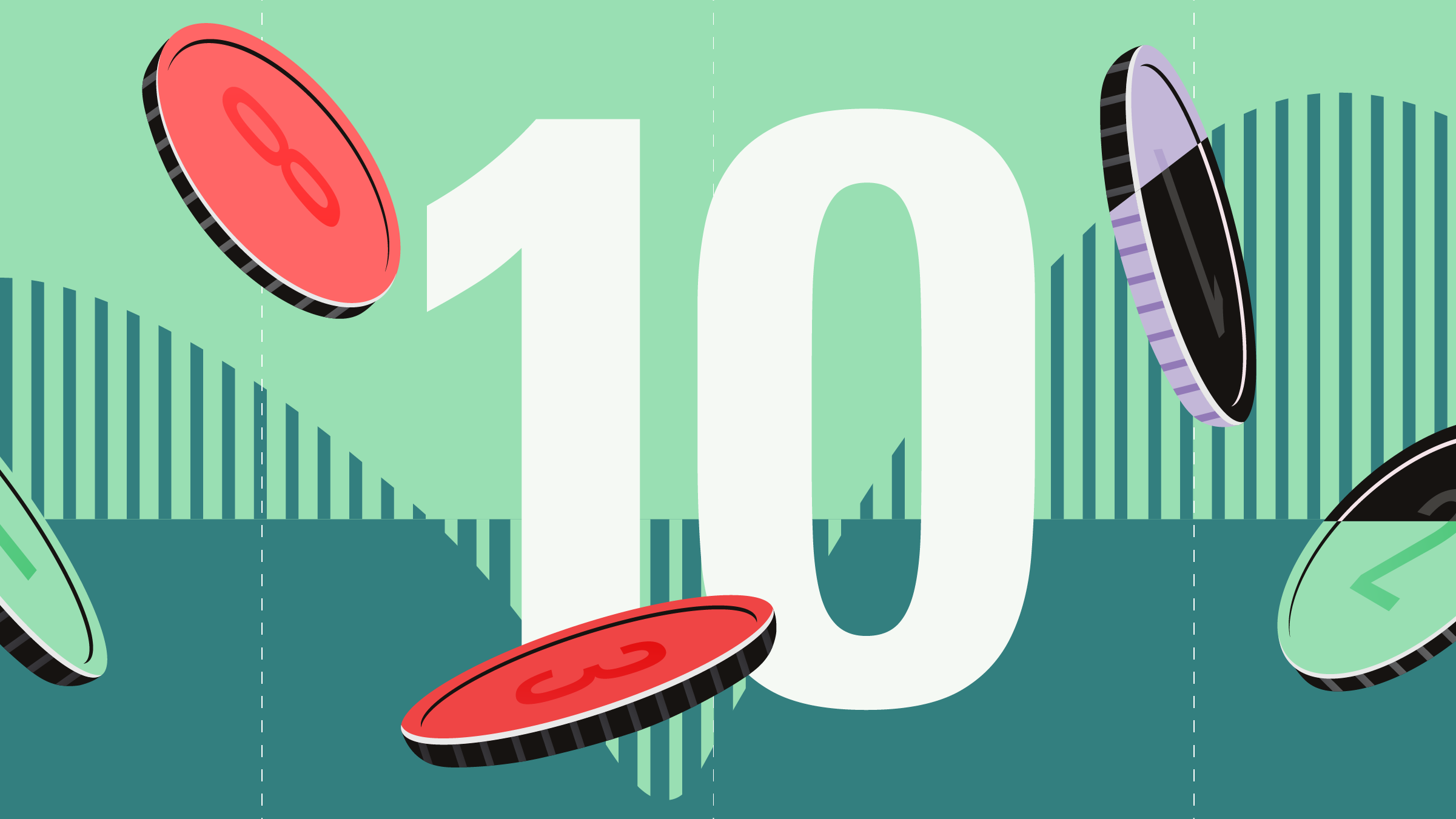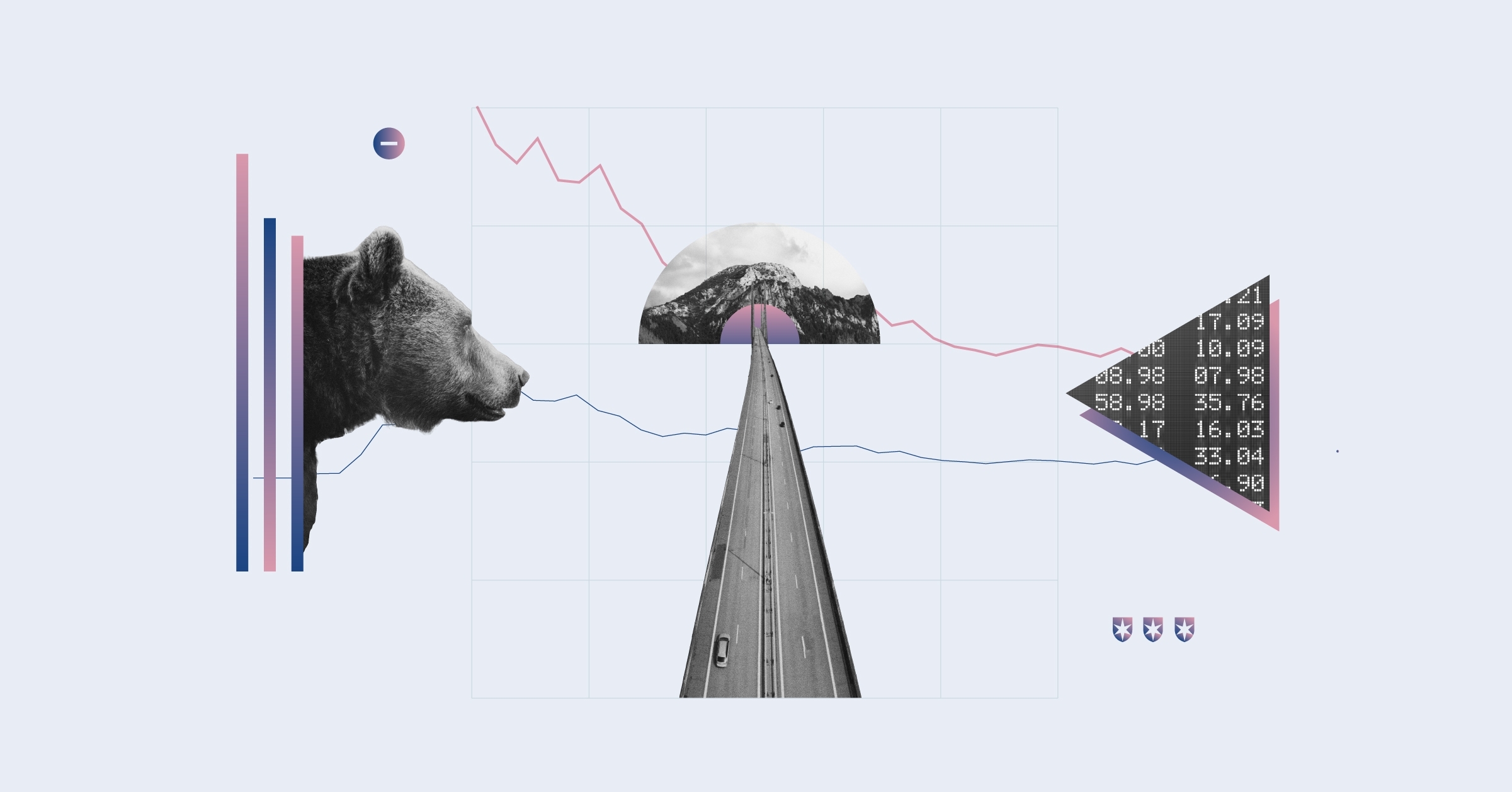Jeremy Glaser: For Morningstar, I'm Jeremy Glaser. After 14 years at Morningstar, nine of those spent analysing the economy, this is Bob Johnson's final week. We're going to talk a little bit about what he has learned over these years and also some final thoughts.
Bob, thanks for joining me.
Bob Johnson: It's good to be here today.
Glaser: So, let's talk first about some of the big picture takeaways you've had from studying the economy for so long. You said one of the big ones is that it really is an ocean liner. The economy just doesn't move that quickly.
Johnson: That's absolutely right. It was a thought that an ocean liner, it's very hard for it to either change direction or to change speed. It tends to keep going whatever way it's going and we've certainly seen that in the economy. And we've had this relatively slow growth of about 2% or so since the recovery began, but we keep on seeing disasters, natural disasters, geopolitical events, all sorts of odd things get thrown at the economy and the economy keeps coming back with this 2% or so growth rate.
It's slowing just a little bit now, but it's been a pretty strong pattern since 2010. So, it's really not a one-off event. And people keep looking, oh, that's changing or something dynamic is really happening or changing. And what's really happened is that we've got on a broad level an ocean liner economy. Now, that doesn't mean individual sectors are going in and out of favor in terms of economics, but the overall level of growth has remained remarkably stable.
Glaser: And that's a warning that if you see a big month-to-month change, maybe that's noise and not a signal?
Johnson: Absolutely. You know, a lot of newspapers, a lot of columnists, a lot of bloggers, the way they get attention is to dramaticise the numbers and it's easy to do on a month-to-month basis. All sorts of odd things can happen. Some big department stores can move their annual sale a couple of days and affect the numbers. There can be short of business day. We can have a storm go through. Just looking at month-to-month data is just really a very risky business.
We often talk about it just because that's the vernacular that everybody uses, but we always try to come back to looking at, as we always say, year-over-year averaged, three-month averaged growth rates and that's really, I think, the best way to look at the data. And frankly, a lot of government agencies are now reporting the data on that very basis. So, I think, we've convinced a few converts looking at the data that way and I think that's really one of the key takeaways. If you're going to look at the data, at least look at the year-over-year data. Don't look at the month-to-month data.
Glaser: One of the other big things to keep in mind is demographics. You think this is behind a lot of that slow growth you just talked about?
Johnson: Absolutely. I think that demographics has had a situation where it warned of what was coming so far in advance and then it didn't hit exactly the right time and we had the Great Recession that was driven by other factors hit about the same time. So, it kind of buried some of the economic impacts of what was going on with demographics.
But now I think it's pretty clear to everybody that demographics is a very big topic. And even if you don't want to use it for GDP forecasting and deciding whether you want to be in or out of the market, which we don't think our data should be used for anyway, but at least demographics should cover how you think about your portfolio.
And what you want to own and what you may not want to own based on this really dramatic shift, that's the baby boom, this mouse to the python, if you will, story, where we went from 2.5 million births a year to 4 million plus over a 20-year period and then went into complete collapse in the 1970s.
So, it's a very, very important group to watch in terms of what's happening in the economy and I think you really have to understand that dynamic or you don't really understand what's going on in the economy.
Glaser: When you look back, do you think there were times as obvious that things were getting much better or much worse? How easy was it, at least in a hindsight, to realise where the economy was going?
Johnson: Well, I think, we've always maintained the ocean liner and we've tried not to panic. I would say probably two or three sets of times; one was in 2013-2014 when they pulled some of the stimulus away and some of the numbers looked real weak. We got more cautious. We never said a recession was around the corner, but we certainly cautioned a little bit on growth rates. But I think we really – things tend to go in that straight line and it just doesn't really want to fall out of that pattern too much. And I think that's very important to consider.
Glaser: So, you think that it's then relatively hard to really make any concrete predictions about the economy at any given point?
Johnson: I think it is. And it's harder to pick a top in the market than a bottom. The economy stays in recessions for a matter of months and in recoveries for 8, 10 years in some cases and this recovery is now in that range. And so, what happens when at turning points it's very easy to kind of predict a bottom.
I mean, we still are very proud of our green shoots piece in 2009 when we called the turn. But, boy, I'd tell you, it's a heck a lot harder calling a top because there are so many warning signs out there and they prove to be false and we've had a number of them this recovery already.
Some of the PMI data have flashed some pretty cautionary things. The consumption data have looked worrisome. Some of the "Fed" signals have set up warning signs. And the issue is that you usually so many warning signs, what happens is, people become immune to them and they ignore them. And then all of a sudden, they hit and it's very quick. I mean, you have up cycles for 10 years and you fall very, very quickly in a matter of months.
Glaser: Anything else on that front that you want to look at?
Johnson: Well, I think, Boeing was another very interesting thing and the 787, which was actually enough when it came online to move the GDP. I mean, it may not sound like a lot, but by a 0.25% just from adding that 787 programme. Now, they happen to be here in Chicago and we happen to have a very analyst in that covering that stock. So, we had a lot of good data.
And I think a lot of people missed the ramifications of that how many other industries have benefited. And many of those businesses were U.S.-based. So, that was particularly helpful. And I think, again, it wasn't hard but the auto industry was a very, very important part of this recovery and it's one of the reasons we're worried about the recovery right now a little bit is that industry is clearly peaking out.
Glaser: Well, thank you for joining me, Bob. For Morningstar, I'm Jeremy Glaser. Thanks for watching.





























